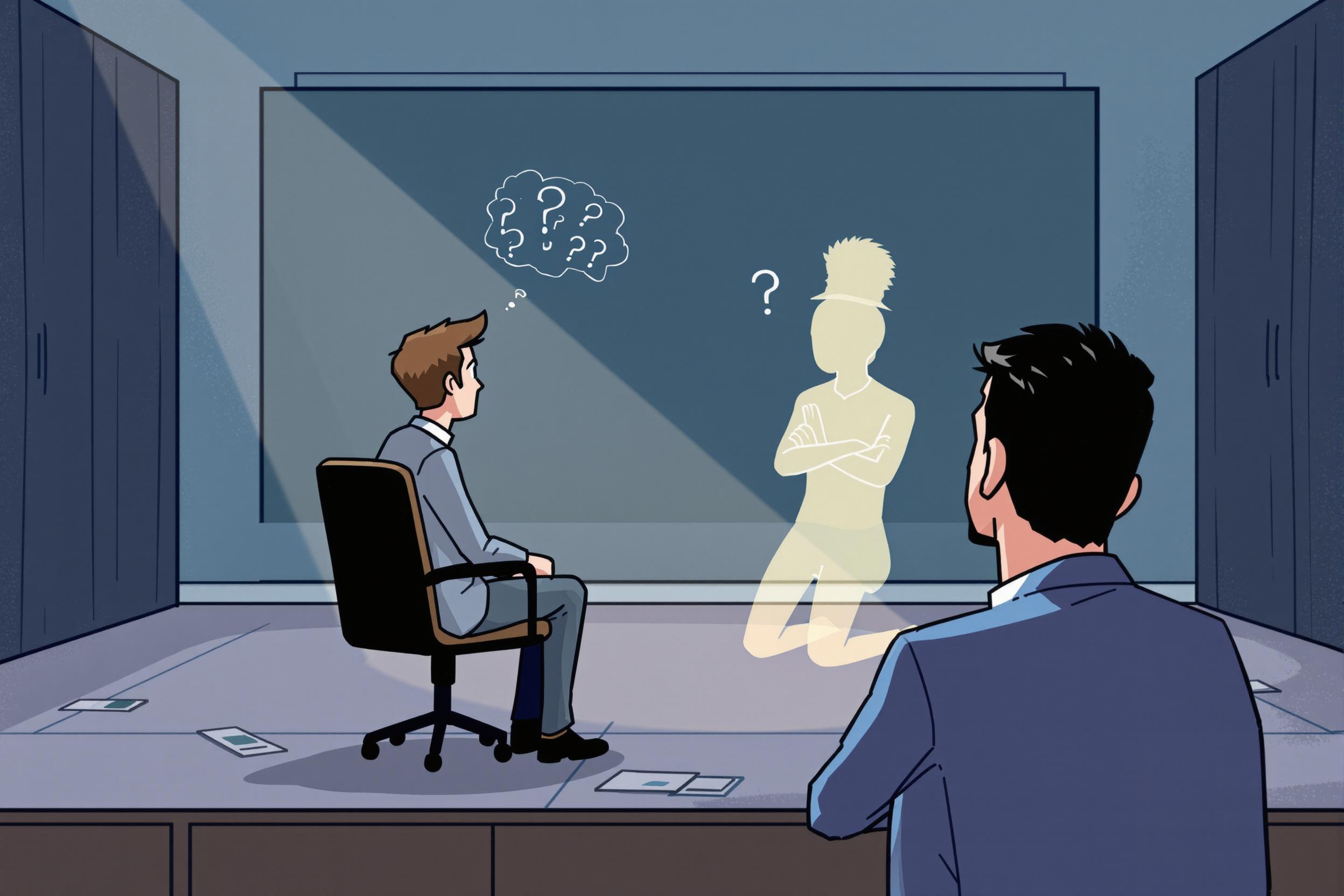
Stage Combat
Stage Combat is a specialized performance skill where actors safely create the illusion of physical fights, sword duels, or other conflict for theater, film, or television. It's like a choreographed dance that looks dangerous but is actually carefully planned and safe. When someone lists this on their resume, it means they've been trained to perform or teach these techniques without causing harm to themselves or others. This skill is similar to stunt work or fight choreography, but specifically focused on live theater or filmed performances. You might also see it referred to as "theatrical combat" or "fight choreography."
Examples in Resumes
Certified in Stage Combat by the Society of American Fight Directors (SAFD)
Choreographed Stage Combat sequences for Romeo and Juliet at City Theater
Taught Stage Combat and Fight Choreography workshops for theater students
Performed complex Theatrical Combat scenes in historical drama productions
Typical job title: "Stage Combat Directors"
Also try searching for:
Where to Find Stage Combat Directors
Professional Organizations
Job Boards
Professional Networks
Example Interview Questions
Senior Level Questions
Q: How do you approach creating fight choreography for a large ensemble cast with varying skill levels?
Expected Answer: A senior combat director should discuss safety protocols, assessment of actor abilities, adapting choreography to different skill levels, and managing multiple performers while maintaining the artistic vision.
Q: What's your process for choreographing a complex weapon battle while ensuring actor safety?
Expected Answer: They should explain their step-by-step approach to planning, rehearsing, and implementing safe combat sequences, including weapon handling protocols and emergency procedures.
Mid Level Questions
Q: How do you teach basic sword fighting techniques to actors with no combat experience?
Expected Answer: Should describe teaching methods for beginners, basic safety rules, and how to build confidence while maintaining safety standards.
Q: What's your approach to making stage combat look realistic while keeping it safe?
Expected Answer: Should explain techniques for creating illusion of contact, managing distance and timing, and working with actors to sell the performance to audiences.
Junior Level Questions
Q: What are the basic safety rules of stage combat?
Expected Answer: Should be able to list fundamental safety protocols, including distance maintenance, communication with partners, and basic terminology.
Q: Can you explain the difference between stage combat and real fighting?
Expected Answer: Should demonstrate understanding of theatrical techniques versus actual combat, emphasizing safety and performance aspects.
Experience Level Indicators
Junior (0-2 years)
- Basic unarmed combat techniques
- Understanding of safety protocols
- Simple fight scene execution
- Basic weapon handling
Mid (2-5 years)
- Multiple weapon proficiency
- Teaching basic combat classes
- Fight scene choreography
- Safety supervision
Senior (5+ years)
- Complex fight choreography
- Production-level fight direction
- Advanced teaching and certification
- Risk assessment and management
Red Flags to Watch For
- No formal stage combat certification or training
- Lack of emphasis on safety protocols
- No experience with different weapon types
- Unable to demonstrate proper teaching techniques
Need more hiring wisdom? Check these out...

Virtual Reality in Certification Exams: How VR is Transforming Specialized Training

Stop Training Like It's 1999: The Unconventional Guide to Upskilling Your Team for the Future

Ghosted Again? How to Stop Candidates from Disappearing and Start Engaging Them Better

